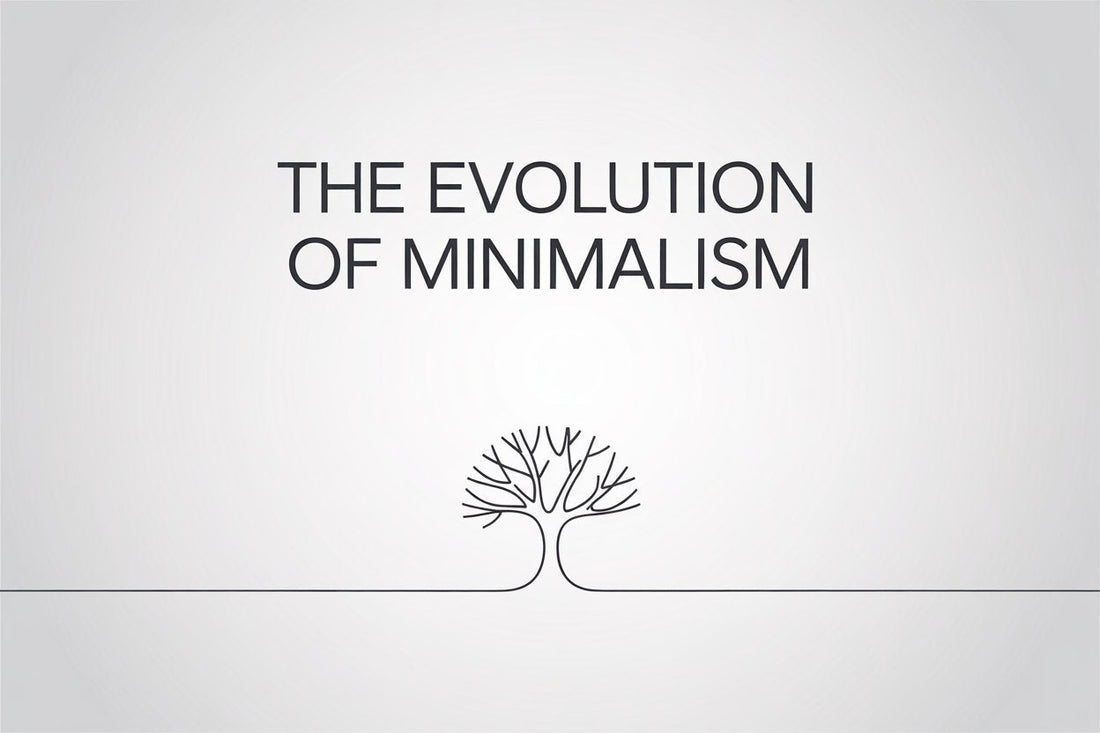
The Evolution of Minimalism
Zane OrionShare
Minimalism
Minimalism is not just a design aesthetic or a temporary trend, but a lifestyle that has been gaining significant traction over the years. Originating as an art movement in the late 1950s and early 1960s, minimalism has since evolved to influence various aspects of life, from architecture and design to personal lifestyle choices.
Art and Design in the Early Days
The minimalist movement began as a reaction to the detailed and often chaotic styles that preceded it, such as Abstract Expressionism. Artists like Donald Judd, Agnes Martin, and Dan Flavin emphasized simplicity, using basic shapes and monochromatic palettes to create works that stripped art back to its essential elements. This focus on simplicity and functionality gradually spread to architecture and interior design, where less truly became more. The drive was always towards reducing the extraneous and highlighting the essential.
The Minimalist Architecture Movement
Minimalism in architecture pushed boundaries by emphasizing open spaces, natural light, and understated yet sophisticated beauty. Architects like Ludwig Mies van der Rohe famously coined the phrase, "Less is more," which became a mantra for minimalist architecture. The aim was clear: create spaces that were free of clutter, allowing for a seamless flow and pure elegance. This philosophy continues to inspire modern architecture and interior design today.
Minimalism in Lifestyle
Over the past few decades, minimalism has transcended design to become a broader lifestyle choice. Influenced by cultural shifts towards sustainability and mindfulness, many individuals have embraced minimalism to seek peace and clarity in an overly complex world. This lifestyle encourages owning fewer possessions, focusing on experiences over material wealth, and simplifying one's surroundings.
Digital Minimalism: A Modern Evolution
As technology continues to weave itself into every aspect of our lives, a new wave of minimalism has emerged — digital minimalism. This approach emphasizes reducing digital distractions and reclaiming control over one's attention and time. It advocates for intentional technology use, encouraging individuals to consider how their digital tools serve them, rather than allowing themselves to be dominated by endless notifications and apps.
Conclusion
Minimalism, in its various forms, serves as a powerful reminder of the beauty found in simplicity. Whether in art, architecture, or lifestyle, it challenges us to critically examine our lives and shed what does not serve us. As it continues to evolve, minimalism offers a timeless counterbalance to the chaos of modern life.
For more insights into minimalist living and design, visit Dudeily. Here, you'll find resources to inspire and guide you on your minimalist journey.












